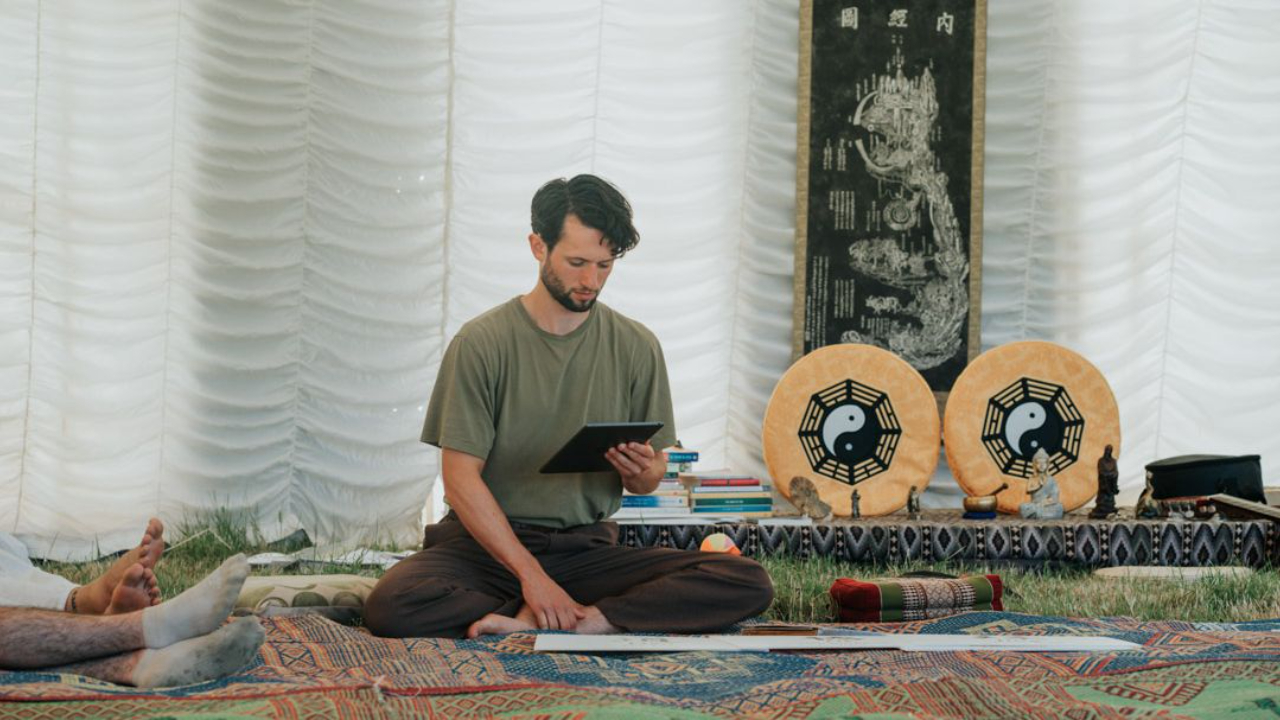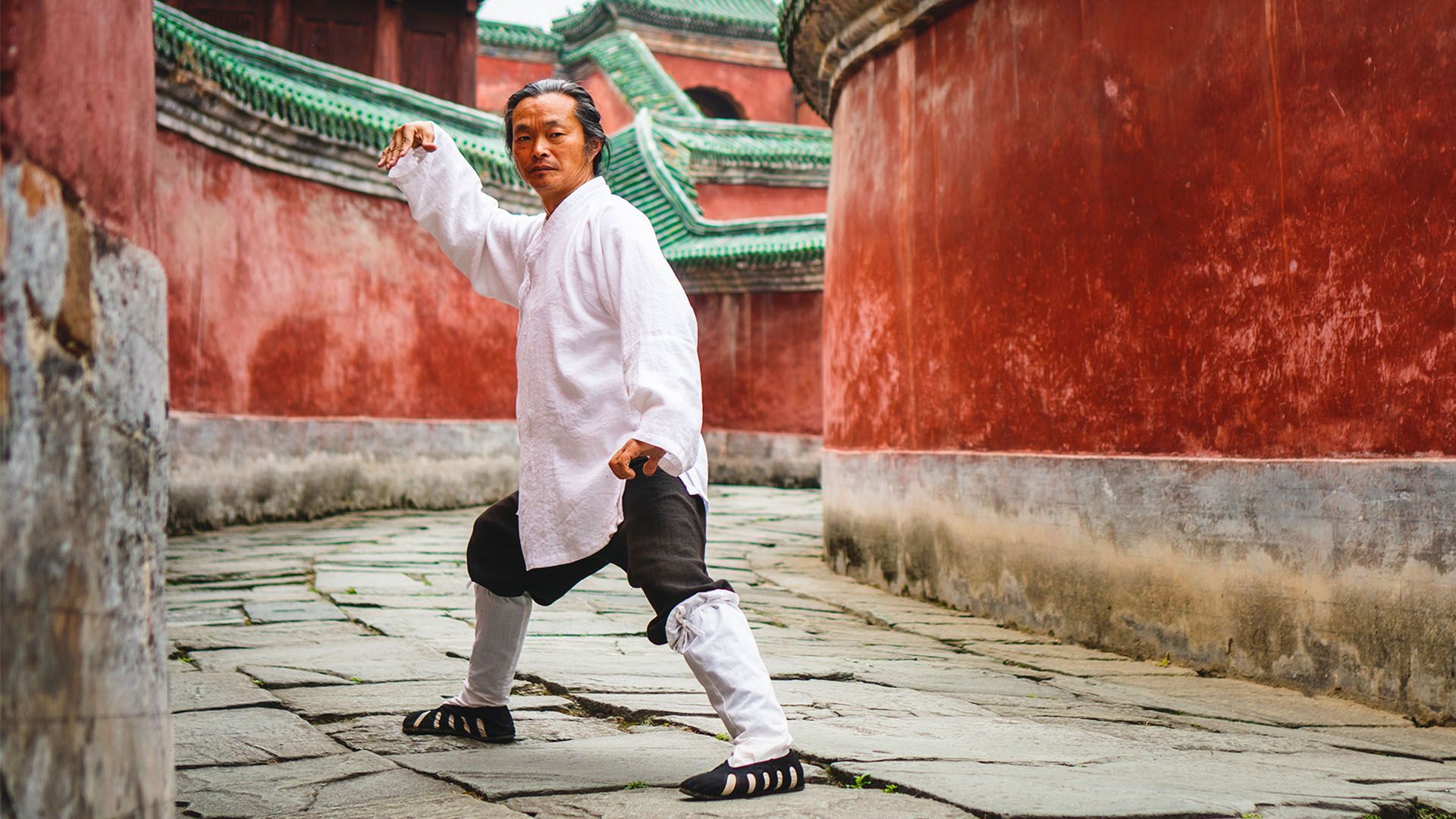Best Tai Chi Meditation Techniques
May 04, 2024
Are you feeling overwhelmed by stress and seeking balance in your life? Tai Chi meditation significantly boosts both mental and physical health. This ancient technique, often described as "meditation in motion," seamlessly blends mindful movements with deep, controlled breathing. It effectively alleviates stress while enhancing flexibility, balance, and strength.
For those keen to delve into this transformative practice, our article provides a detailed guide on the best Tai Chi meditation techniques, offering you the tools to unlock a harmonious connection between your mind and body.
Table of Contents
The Basics of Tai Chi
Tai Chi, originating from traditional Chinese martial arts, is a gentle form of exercise focusing on slow, graceful movements and deep breathing. It is designed to cultivate balance, flexibility, and calmness. Practitioners often describe Tai Chi as "meditation in motion," emphasizing the mental clarity that accompanies the physical movements. Essential to Tai Chi is the harmonious flow of 'life energy' or chi, which is believed to enhance overall health.
So, are you interested in mastering the art of Tai Chi with the correct posture? Join Master Gu's Tai Chi course at the Wudang Taoist Wellness Academy. Discover the secrets of this ancient practice and transform your well-being. Get started now!
Core Principles of Tai Chi Practice
Tai Chi principles center on mind-body integration and the balance of yin and yang. These principles guide the movements to be performed with relaxation, fluidity, and precision. Continuous, circular motions that promote the body’s natural range of motion are fundamental. It also emphasizes breathing techniques that are synchronized with each movement, fostering a deeper connection between the physical body and the mind.
Tai Chi Meditation Techniques
Tai Chi meditation involves both standing and moving meditations. This practice uses sequences of movements to focus the mind and foster a state of mental stillness amidst gentle motion. By focusing on breath and movement, practitioners can achieve a deep state of relaxation and clarity, reducing stress and enhancing mental health.
1. Harmonizing Breath and Movement:
Tai Chi is a graceful practice combining deep breathing with slow, flowing movements. Practitioners are taught to breathe deeply and naturally, synchronizing each breath with their motions. This technique enhances oxygen flow and promotes a meditative state, supporting both mental and physical health. It's a foundational practice in both Tai Chi and Qigong, aiding in stress reduction and improving balance.
2. Standing Meditation (Zhan Zhuang):
Standing meditation, or Zhan Zhuang, is a core Tai Chi technique where practitioners stand still with their eyes closed, focusing deeply on their internal sensations. This practice heightens bodily awareness and can significantly enhance stability and posture. It serves as an excellent starting point for those learning Tai Chi, as it builds the strength and stamina required for more complex forms.
3. Mind-Body Integration:
Often described as 'meditation in motion,' Tai Chi emphasizes the unity of mind and body. It focuses on techniques involving mindful movements that mirror yin and yang principles, promoting a balance of strength and flexibility. Such integration cultivates life energy, known as 'chi,' believed to enhance both physical health and mental clarity.
4. The Crane Spreads Its Wings:
This specific Tai Chi posture aims to expand the chest and open the lungs, thus improving respiratory functions. Symbolizing a crane spreading its wings, the movement incorporates a gentle rocking motion that helps relax muscles and enhance joint health. Particularly beneficial for increasing range of motion, it is frequently included in sequences that foster rhythmic breathing and mental focus.
5. Sequential Flow:
Tai Chi practices often involve sequences of movements, each flowing systematically into the next. This continuous motion helps maintain a steady heart rate and deepens relaxation, facilitating a more profound meditative state. Regular practice of these sequences can lead to better muscular control and coordination, as well as a deeper sense of stillness in motion.
6. Tai Chi Chuan for Self-defense:
Originally developed for self-defense, Tai Chi Chuan involves techniques that not only improve physical health but also teach subtle movements effective in neutralizing incoming attacks. The practice enhances one's understanding of body mechanics and spatial awareness, making it a practical method for self-defense that also carries significant health benefits.
Health Benefits of Tai Chi Meditation
- Improved balance and muscle strength.
- Enhanced flexibility and range of motion.
- Reduction in stress and anxiety levels.
- Lowering of blood pressure.
- Improved mental clarity and concentration.
- Enhanced respiratory function.
- Better overall mood.
- Increased stamina and energy.
- Support in managing chronic pain.
- Promotes a healthier sleep pattern.
Key Postures for Effective Meditation
Key postures in Tai Chi, such as 'Crane Spreads its Wings' and 'Tai Chi Chuan', are integral for effective meditation. These postures promote the physical alignment and balance necessary for meditative practice. They help to open the body’s pathways for chi, ensuring a smooth and unobstructed flow of energy, which is essential for achieving a meditative state.
How Proper Alignment Helps Meditation?
Proper alignment in Tai Chi enhances the effectiveness of meditation by facilitating smoother breathing and better energy flow. It ensures that no undue strain is placed on the body, allowing practitioners to maintain focus for longer periods. Good posture helps in sustaining the physical positions necessary for the practice, which is crucial for achieving deep meditation and the associated health benefits.
Conlcusion
As we've explored, Tai Chi meditation provides a profound blend of physical activity and mental calmness, improving everything from your physical coordination to your mental focus. Have you felt the soothing effects of these techniques in your daily life? How has Tai Chi meditation influenced your health and mental well-being? Share your experiences and insights; we're keen to learn from your journey.
FAQs
1. What are the mental benefits of practicing Tai Chi?
It enhances mental clarity, reduces anxiety, and can lead to greater mindfulness and a tranquil state of mind.
2. How often should I practice Tai Chi to see benefits?
Consistency is key; practicing several times a week can help you gain the full benefits.
3. Do I need special equipment for Tai Chi?
No special equipment is needed; Tai Chi can be practiced anywhere, requiring only enough space to move freely.
4. Can Tai Chi help with arthritis?
Yes, many practitioners find that the gentle movements of Tai Chi help reduce pain and stiffness associated with arthritis.
5. Is there a spiritual element to Tai Chi?
Yes, Tai Chi incorporates elements of Taoism and traditional Chinese medicine, emphasizing balance and the flow of chi (life energy).







